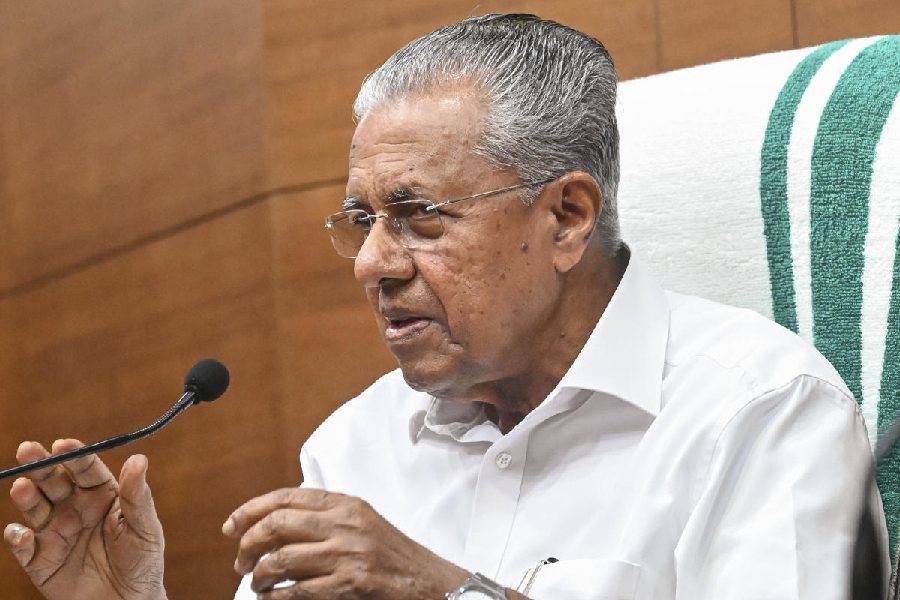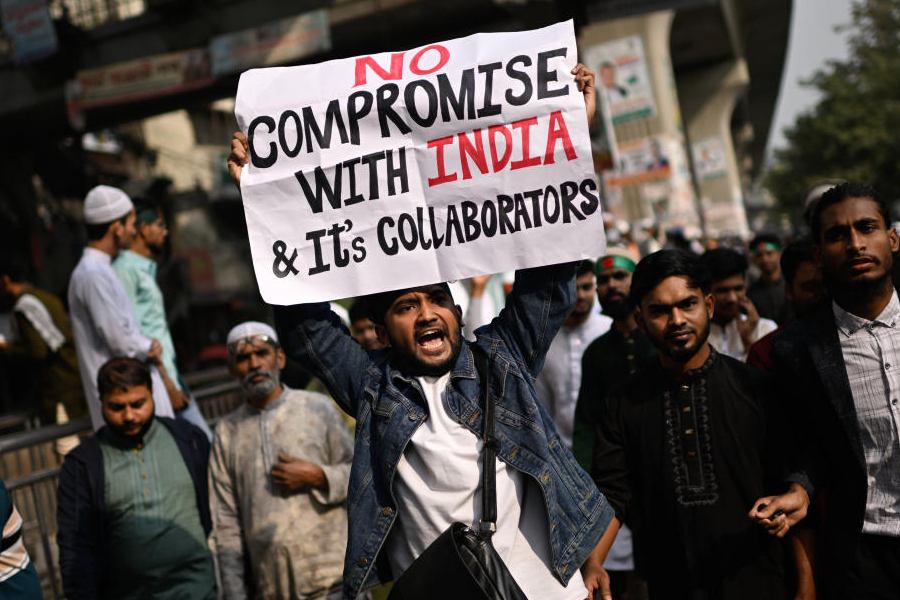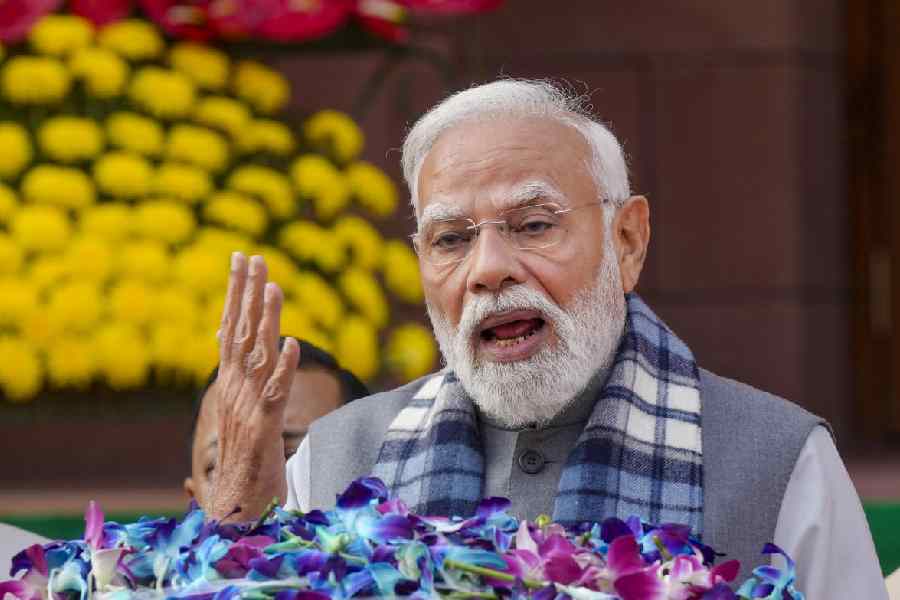In India’s most advanced cities, American companies are racing to set up more and bigger offshore campuses: fully staffed offices with high-skilled Indian professionals, performing functions vital to global business.
The concentration is most stark in bits of Bengaluru. Apul Nahata of RapidAI, a Silicon Valley-based medical technology company that uses artificial intelligence to interpret brain scans, can look out the window of the office he leads in India and see a “density of companies” relevant to his work.
“If I walk a half-kilometre, I see Google, Qualcomm, Nvidia, Visa, Samsung and Amazon right here,” said Nahata, who spent 10 years of his career in California. He is especially tuned in to his neighbours in tech, but JPMorgan Chase has the biggest of these offices, with 55,000 workers spread across Bengaluru and four other Indian cities. Even all-American retailers like Target and Lowe’s have centres employing 4,000 to 5,000 Indians in Bengaluru.
Under President Donald Trump, the US is upending some of its most important trading partnerships. He is particularly irritated by the $46 billion US deficit in the trade of goods with India. Trump has also complained about Indian workers without legal status.
But Trump’s stated policy solutions — higher US tariffs meant to force India to lower its trade barriers, and the deportations of immigrants — will do nothing to slow the evolution of the long partnership that binds together American companies looking for skilled workers overseas and India’s abundant pool of labour.
Twenty years ago, many Americans feared that the outsourcing of office jobs to lower-wage economies like India would mean fewer jobs in the United States. Many kinds of jobs have moved overseas since then, and many of those have since been automated. But the American economy needs more skilled workers.
Now many American companies are finding those workers in India. As of 2024, there were about 1,800 offshore corporate offices in India, owned by hundreds of foreign-based multinational companies — most of them American. There are 1.9 million people in India working for foreign companies, with 600,000 to 900,000 more expected to join them by 2030.
Together, the offshore business centres in India earned about $65 billion last year, more than the value of American imports to India. By 2030, they are expected to earn $100 billion or more. The business centers are springing up in other countries, too, such as Mexico and Poland, but most are in India.
Across India, these foreign-owned offices are now the primary driver of commercial real estate. An estimated 50 new ones were established over the past year. The expectation is that 100 more will join them during 2025.
This is welcome news for India, which needs 10 million new jobs each year just to keep unemployment in check. Even with stronger economic growth than any other large country’s, India’s enormous population of young people is in danger of falling behind.










